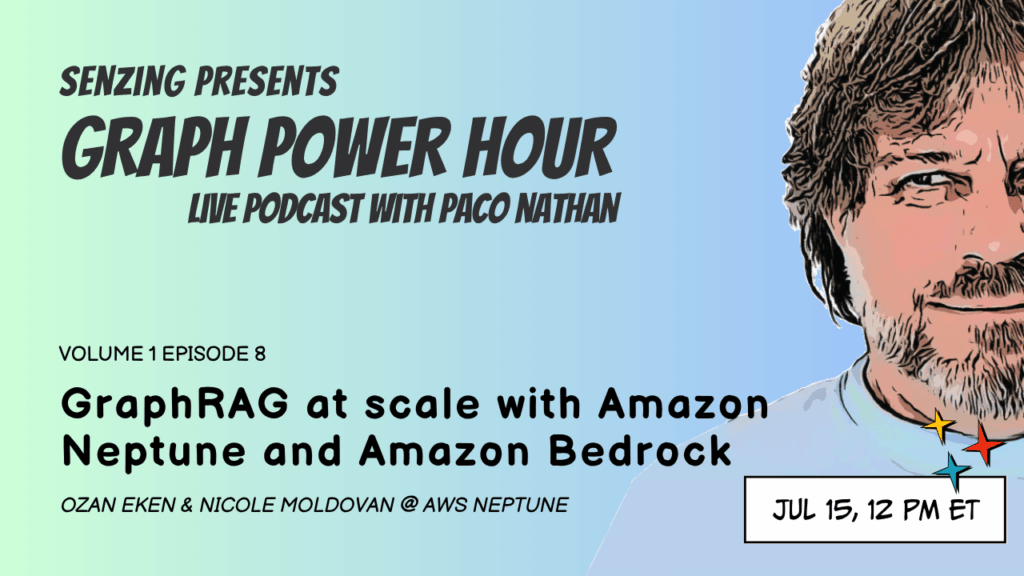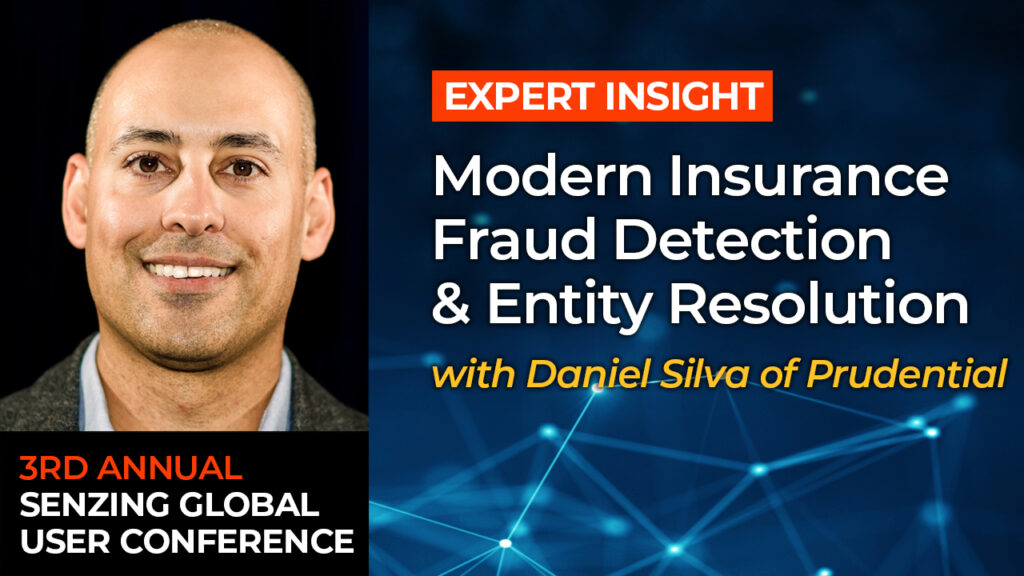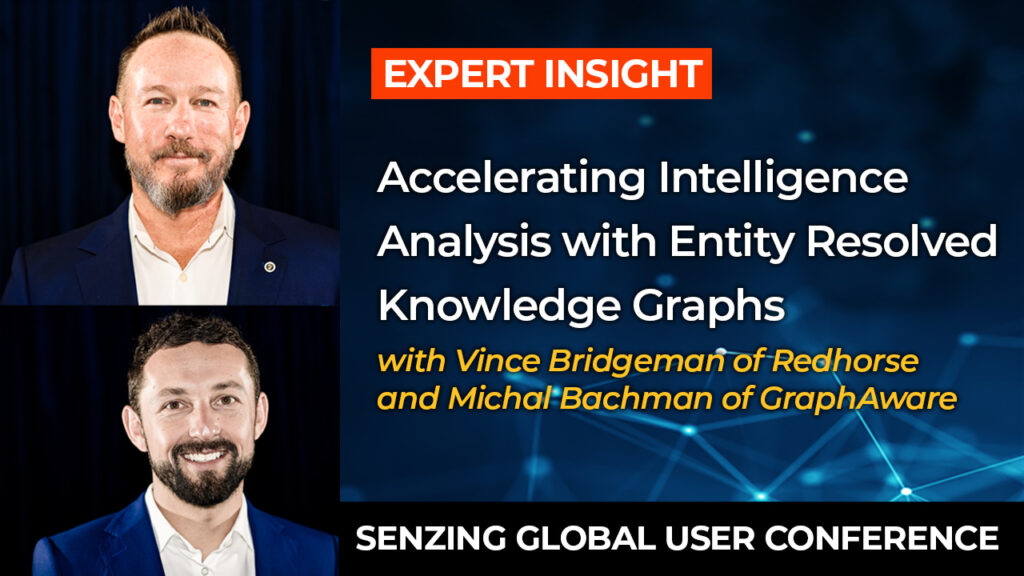Detecting Relationships in Data Using Entity Resolution
It’s important for entity resolution systems to capture, detect and manage information about relationships. To learn why, watch this video where Jeff Jonas discusses the importance of detecting relationships in data using entity resolution. Jeff also explains the different types of data relationships that will help your organization know who is related to whom for the best insights and highest levels of accuracy.
Did you know that when your entity resolution engine builds relationships while resolving data about people and organization, you’ll get more accurate results and better insights so you can make better business decisions? Senzing® does this out-of-the-box.
Want to see the relationship graphs in your data? You can in about 15 minutes, on your Windows or Mac desktop. Just download our Desktop Eval tool and load your own data or ours. In minutes you’ll see who is who and who is related to whom in your data! Read the blog to learn how.
Video Transcript
Timestamps
0:00 Intro
0:16 The Importance of Detecting Relationships
0:40 Types of Data Relationships: Disclosed Relationships
0:48 Types of Data Relationships: Derived Relationships
1:00 Types of Data Relationships: Possible Matches
1:10 Types of Data Relationships: Ambiguous Matches
1:36 The Importance of Building and Managing Relationships for Entity Resolution
When you’re thinking about entity resolution, you’re going to want to make sure your entity resolution engine is also capturing and managing relationships. Why is it important?
0:16 The Importance of Detecting Relationships
Whether you’re marketing and you want to see households or network influences or whether you’re doing fraud and you want to see through fraud rings – [It’s] not only [important to understand] who is who, but it’s absolutely critical to understand who is related to whom.
Behind the scenes in an entity resolution engine, building relationships while you’re doing the entity resolution process is actually what makes entity resolution more accurate. There are a few different kinds of relationships that [arise].
0:40 Types of Data Relationships: Disclosed Relationships
One’s a disclosed relationship where you’re told [for example] family members that are listed on your healthcare record, if you’re a healthcare organization. Those are disclosed relationships.
0:48 Types of Data Relationships: Derived Relationships
There are derived relationships. This is when the engine notices [the relationships itself]. Maybe a group of people share the same email or they share the same home address. In marketing, that would be householding.
1:00 Types of Data Relationships: Possible Matches
Then there’s [another type of relationship called] possible matches. This is where you’re not [completely certain] it’s the same person – a human needs to review it or more information is needed in the future to make a better decision.
1:10 Types of Data Relationships: Ambiguous Matches
Then there’s the ambiguous [relationship type]. [For example,] George Foreman named all five of his boys George Foreman. So, if you get a George Foreman record with a home address and a home phone, it could be any of the five boys or the dad. So, if you’re [trying to] make a [business] decision, there is a one out of six chance that you’re [targeting the right George].
In this case, you have to hold that record out (until you receive more information) and you need to build relationships and [realize that] this person could be any of the six.
1:36 The Importance of Building and Managing Relationships for Entity Resolution
Building relationships, and managing them inside of your entity resolution [engine] (while it’s doing the entity resolution process) is going to be fundamentally important to making better business decisions and getting better accuracy.
Senzing does this out-of-the-box. It needs no configuration. It’s self-tuning and self-correcting. You should try it. Use our synthetic data set – run it yourself [or] run it on your own data. Check it out. [We’ve made entity resolution] easy now.




